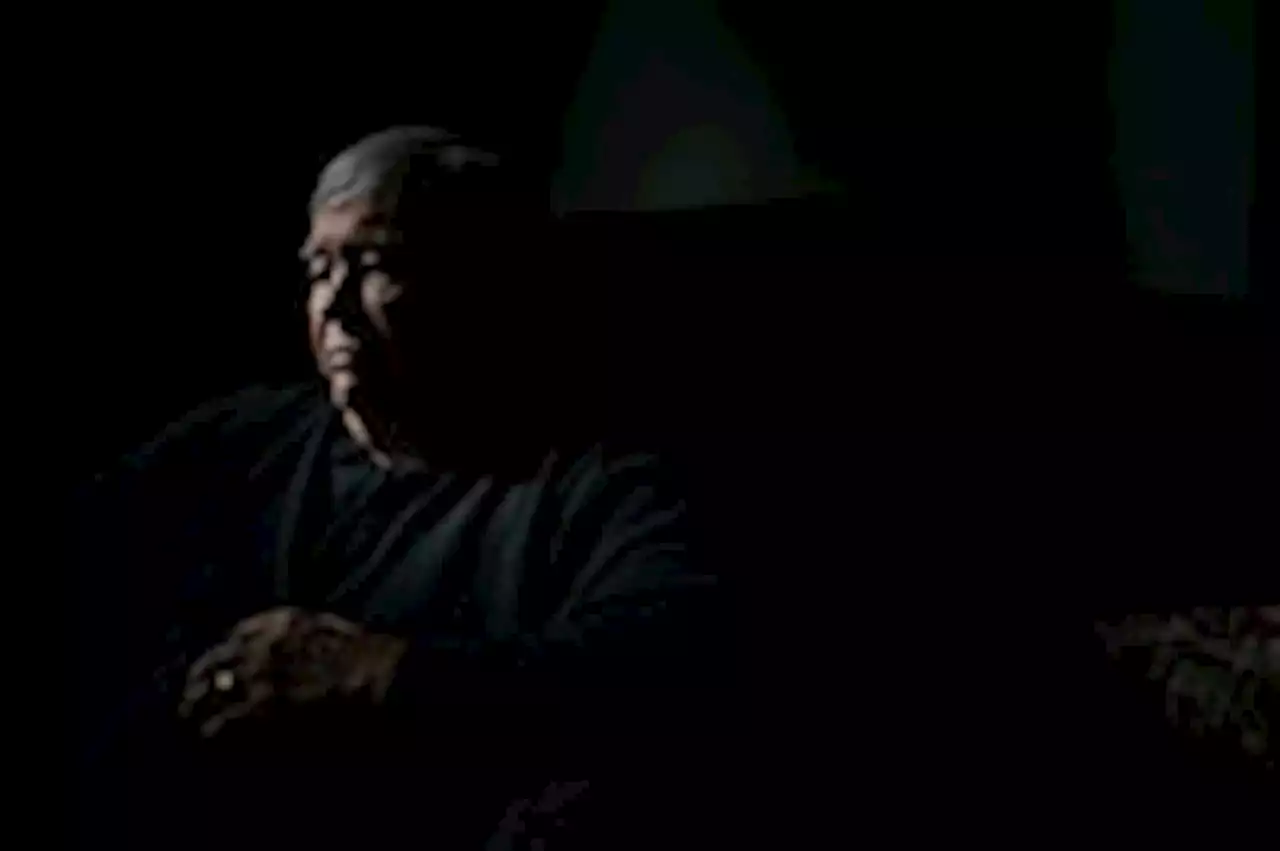Taken from their homes on reservations, Native American children were forced to attend Indian boarding schools as part of an effort by the federal government to wipe out their languages and culture and assimilate them into White society.
They were stripped of their clothes and scrubbed with lye soap. Matrons cut their long hair. Speaking their tribal language could lead to a beating.
and a member of the Tulalip Tribes. “We made it to a place right now where we can finally talk about this pain and find enough strength to just stand up and say that our lives mattered and the lives of our children mattered.” Living in a small house with no electricity and no running water on the reservation, her parents grew flax and had a small herd of cattle, but nearly lost what little they had as they tried to care for one of her brothers who’d undergone a botched surgery for a broken arm. When she was 10, her father died of a heart attack, leaving her mother with eight children younger than 16.
Her daily routine started at 6 a.m. with making her bunk bed. The covers had to be tight enough so a coin bounced off them. If not, she’d have to redo it. She then had to do “details,” or chores such as cleaning floors and bathrooms. “We’d make sounds and be laughing, and the matron would get up and come,” Klein said. She’d bring out a broom and what was called the “board of education,” a paddle with holes at one end. Klein said she’d be told to kneel on the broom handle and then she’d be whacked several times with the paddle.
son of one of the school’s matrons — the term used to describe boarding school employees, regardless of whether they were women or men. She still has flashbacks from the sound of keys on a chain, because he would take his mother’s keys and let himself into the girls’ dorm and inappropriately touch her at night while she was supposed to be sleeping.
“Nobody ever talked to us. They never gave us any counseling,” he said. “We held it inside of us, all welled up. Nothing can make it go away.” When he and his wife were raising their three kids, Neconie said, he was strict with them: “If they got out of line, they’d get a whooping.” He said he inflicted on them “the pain I’d brought from that boarding school. ... I wasn’t always the kindest to my kids. I regret doing that to them.”
He believes that Indian boarding school survivors should get not just an apology but reparations, like those given to Japanese Americans for their incarceration during World War II. He remembers, on that first night at Wrangell, how one boy started quietly crying and then others joined him. “You’d hear some crying out ‘Mama, mama.’ But no mama came.”
“Our stomachs would be cramping. We’d have headaches and vomit and soil the beds and our clothes,” he said. “The matrons would get pissed off and beat usThe kids were disciplined for talking back, not paying attention, not following orders, or giving the wrong answers in class. He’d get demerits for no reason, he remembers.The punishment he feared most was known as “going through the gantlet.” Kids were forced to undress, then run up and down between other kids who stood in two lines with belts.
became a professor of Native studies at the University of Alaska Anchorage. He now serves as president of the Healing Coalition, which is pushing Congress to create a commission to investigate the way the schools operated, examine church and government records of the schools and identify where children were buried.
Dora Brought Plenty, orphaned at 4 when her mother was murdered, had been living with her grandparents on the Standing Rock Sioux reservation in South Dakota and attending a nearby day school. Then one day in 1956, the two White men showed up in her classroom and spoke to her teacher. When she asked for her clothes, a matron told her, “We’re going to teach you.” She took her to a dark basement in just her undershirt and panties and left. Hours passed before another matron came, took her to her dorm, threw a nightgown at her and ordered her to bed.
She thought about running away during her 4½ years at Pierre, which is now tribally run with classes on Native culture and history. Escape seemed impossible, she said, because she didn’t know what direction her home was in.
Deutschland Neuesten Nachrichten, Deutschland Schlagzeilen
Similar News:Sie können auch ähnliche Nachrichten wie diese lesen, die wir aus anderen Nachrichtenquellen gesammelt haben.
 U Talks Pac-12 To Big 12University of Utah President Taylor Randall and Athletic Director Mark Harlan address the media following Utah Athletics joining the mass exodus out of Pac-12.
U Talks Pac-12 To Big 12University of Utah President Taylor Randall and Athletic Director Mark Harlan address the media following Utah Athletics joining the mass exodus out of Pac-12.
Weiterlesen »
 Caple: UW leaving Pac-12 is a total bummer — and very necessaryPerhaps the brand will persist, either via merger or expansion. But a league is more than a logo, and the conference we all loved and hated is effectively dead. ~ ChristianCaple via SeattleSports
Caple: UW leaving Pac-12 is a total bummer — and very necessaryPerhaps the brand will persist, either via merger or expansion. But a league is more than a logo, and the conference we all loved and hated is effectively dead. ~ ChristianCaple via SeattleSports
Weiterlesen »
 Ex-Arizona Wildcats react to Pac-12/Big 12 move: From 'a sad day' to 'embracing change'The UA is going to the Big 12. That's for certain. But in terms of most everything else related to the school's seemingly hasty exit from the 108-year-old Pac-12, the dust is hardly settled.
Ex-Arizona Wildcats react to Pac-12/Big 12 move: From 'a sad day' to 'embracing change'The UA is going to the Big 12. That's for certain. But in terms of most everything else related to the school's seemingly hasty exit from the 108-year-old Pac-12, the dust is hardly settled.
Weiterlesen »
 Big Ten grabs Oregon, Washington; Big 12 completes Pac-12 raid with Arizona, Arizona State and UtahThe Big 12 is adding Arizona, Arizona State and Utah as members next year, completing its raid of the Pac-12.
Big Ten grabs Oregon, Washington; Big 12 completes Pac-12 raid with Arizona, Arizona State and UtahThe Big 12 is adding Arizona, Arizona State and Utah as members next year, completing its raid of the Pac-12.
Weiterlesen »
 Big Ten grabs Oregon, Washington; Big 12 completes Pac-12 raid with Arizona, Arizona State and UtahThe Big 12 is adding Arizona, Arizona State and Utah as members next year, completing its raid of the Pac-12.
Big Ten grabs Oregon, Washington; Big 12 completes Pac-12 raid with Arizona, Arizona State and UtahThe Big 12 is adding Arizona, Arizona State and Utah as members next year, completing its raid of the Pac-12.
Weiterlesen »
